Leveraging the success of their financial literacy program, Home Credit India, a leader in financial inclusion, takes a bold step forward with Saksham 2024. This comprehensive program, launched through a collaborative effort with SEWA Bharat, a renowned women's empowerment NGO, aims to transform the lives of 20,000 women and girls from underserved communities across India. Focusing on regions like Delhi NCR, Uttarakhand, Punjab, Rajasthan, and Bihar, Saksham 2024 tackles financial illiteracy head-on, equipping women with the skills and tools to confidently manage their money.
In a joint interview with TheCSRUniverse, Mr. Ashish Tiwari, Chief Marketing Officer of Home Credit India, and Ms. Ankita Upreti Sibal, Vice President of SEWA Bharat, discuss how Saksham 2024 empowers women. They delve into the project's innovative approach, including incorporating digital tools, bite-sized learning modules, and local language accessibility. Importantly, the interview explores how Saksham 2024 fosters financial capability, enabling informed decision-making and a path towards a more secure future.
Scroll down for the full interview.
Q&A
Home Credit India's Perspective
Spokesperson: Mr. Ashish Tiwari
Q. How will the learnings and experience of Saksham 2023 shape up the execution plan of Saksham 2024?
A. The decision to continue Saksham into its second year reflects our commitment to sustainable social impact. The experiences and insights gained from Saksham 2023 have significantly influenced the execution plan for Saksham 2024 in several ways:
One key feedback received during Saksham 2023 was the need for simplified language in the workshop curriculum to bridge communication gaps and easy understanding. For Saksham 2024, we have simplified the curriculum and besides the translation it in local languages, we are using a lot of pictorials to ensure clarity and ease of understanding for all participants.
Another challenge we faced last year during the execution of the programme was the logistical constraints which impacted the attendance and engagement of the beneficiaries during some of the sessions. To mitigate similar risks in Saksham 2024, we have implemented contingency planning measures, including flexible scheduling options and diversified session formats.
An effective practice identified in Saksham 2023 was the continuous feedback loop established after each session. This practice proved instrumental in identifying areas of improvement and success. In Saksham 2024, we are continuing this feedback mechanism to ensure real-time responsiveness to the needs and responses of beneficiaries.
Q. Beyond financial literacy, how can initiatives like Saksham empower marginalised women and girls, contributing to broader social and economic goals? What is the larger goal?
A. While financial literacy remains central to the Saksham programme, its impact transcends mere monetary knowledge. The overarching objective of Saksham and similar initiatives by Home Credit India is to empower marginalized communities, particularly women and girls, enabling them to contribute meaningfully to broader social and economic objectives.
The larger goal is to promote money management & responsible borrowing culture in the society, gender equality, social inclusion, and sustainable development.
For instance, through Saksham programme, we equip the female beneficiaries with the understanding of basic financial concepts which in turn helps them instill disciplined saving and spending habits, encourage prudent investing, and promote financial stability and independence. This exercise also helps the female beneficiaries break free from relying on their male family members for any finance-related needs, improves their decision-making abilities, and foster an environment of entrepreneurship.
Such programmes also encourage inclusiveness and resilience among women as they gain the confidence and capabilities to engage meaningfully in economic activities and becoming an active participant of the country’s financial ecosystem, thereby challenging traditional gender roles and advancing social equity.
Q. Can you elaborate on how digital literacy plays a role in the Saksham 2024 initiative, particularly in reaching marginalised women and girls?
A. In today's digital age, proficiency in digital tools and technologies is vital for economic participation, social inclusion, and accessing essential services. Recognizing this, Saksham integrates digital literacy components into its programme to empower women with the skills and knowledge needed to navigate the digital landscape effectively.
Saksham also introduces the participants to a digital financial literacy series “Paise ki Paathsaala” which is a compilation of bite size videos made in simple & local language to explain financial concepts in detail. These videos can be accessed using any internet enabled mobiles, this helping participate to update their knowledge as per their pace.
Besides this, Saksham’s digital literacy programme also introduces participants with other educational resources that equip them with the knowledge of their basic rights, enabling them to advocate for their needs, and help them participate in community discussions and decision-making processes.
The Saksham curriculum has also enabled the beneficiaries to navigate the internet safely and securely without the fear of becoming victims of cyberbullying, social media harassment, identity theft, and digital privacy issues.
The learnings to use digital platforms effectively has not only empowered them socially and economically but has also helped them overcome the limitations imposed by factors such as geographical remoteness, lack of transportation, or cultural norms restricting their mobility.
Q. What innovative digital tools and platforms will Saksham 2024 leverage to enhance the accessibility and reach of financial literacy education for the target audience?
A. Recognizing the transformative potential of technology, this year, we aim to enhance accessibility and engagement. We will deliver bite-sized educational modules through mobile, making essential financial concepts easily understandable. Also, the learning modules have been translated in regional languages. The trainers who will conduct these sessions also hail from the local communities as well so that a sense of relatability is there for the participants.
Also, this time, the SEWA Bharat has prepared a short film which is shown to the participant at the beginning of the session and from there the sessions commence with questions and discussion between participants and the educator. Additionally, the SEWA Bharat has prepared street plays around financial literacy to attract and engage maximum participants, making financial concepts easy to understand and fun at the same time.
Q. How will Home Credit India measure the success of Saksham 2024 beyond the number of individuals educated? What other metrics will gauge the project's long-term impact on financial well-being and responsible borrowing behavior?
A. Beyond simply tallying the number of individuals educated, we aim to assess the multifaceted impact of Saksham 2024 through a comprehensive set of metrics.
One crucial metric involves tracking improvements in participants' financial literacy levels over time, gauged through pre- and post-programme assessments designed to measure knowledge retention and application.
Additionally, the project will monitor changes in participants' financial behaviours and decision-making processes, examining factors such as savings habits, budgeting skills, and investment strategies through direct feedback surveys.
Furthermore, qualitative assessments, including participant feedback surveys, focus group discussions, and success stories, will provide valuable insights into the project's broader impact on participants' lives, empowering them to make informed financial decisions, overcome socio-economic barriers, and achieve greater financial autonomy and resilience.
By triangulating these diverse metrics, Home Credit India seeks to not only quantify the educational reach of Saksham 2024 but also demonstrate its tangible contributions to enhancing financial well-being and promoting sustainable economic development within marginalised communities.
Q. Considering the diverse needs of beneficiaries across different regions, how will Saksham 2024 tailor its approach to ensure its effectiveness and cater to specific challenges in each region?
A. To create sustainable impact for beneficiaries across diverse communities, we, at Home Credit India with our partner NGO, usually conduct an assessment to gather insights into the specific needs and priorities of the community. Based on the findings, a customised/tailored programme is implemented that address the specific challenges and requirements of each community in the local language for better outreach.
Through Sakhsam, we facilitate financial understanding, and monitor financial wellbeing with both quantitative and qualitative data to understand impact in empowering communities to drive their own progress.
Q. Drawing from your experience across various industries, how can the private sector, beyond financial institutions, contribute more effectively to empowering marginalised communities through financial literacy initiatives?
A. Financial literacy stands as a cornerstone for empowering marginalised communities, and Home Credit India firmly believes that the each enterprise holds significant responsibility in this endeavour.
To contribute more effectively, we think financial literacy principles should be integrated into core business practices. This entails providing budgeting tools with loan applications, hosting financial planning workshops for customers, and developing user-friendly educational content within the brand website/mobile apps like Home Credit India has been doing through its Paise Ki Paathshala initiative.
Furthermore, fostering partnerships for impact is paramount. Collaborating with NGOs, community centers, and government agencies enables us to reach wider audiences, tailoring financial literacy workshops to the specific needs of marginalised groups. It is imperative to design culturally relevant education programmes that address the unique financial challenges faced by these communities, utilising local languages, relatable examples, and focusing on pertinent topics such as emergency savings and small business finance management.
Leveraging technology is essential, as digital platforms offer convenient and accessible avenues for financial literacy education. Through bite-sized videos and interactive online modules, we aim to make financial literacy more engaging and impactful.
Moreover, by empowering employees to become financial literacy champions, we ensure that our commitment to fostering financial inclusion permeates every aspect of our operations. Together, through collaborative efforts and dedicated initiatives, the private sector can contribute significantly to equipping marginalized communities with the financial knowledge and skills needed to secure a better future. Home Credit India remains steadfast in its commitment to being a leader in this space and driving financial inclusion for all.
Q. Could you share any innovative approaches or partnerships Home Credit India is exploring to enhance the reach and impact of the Saksham initiative?
A. We are currently focused on making a more financial aware & inclusive society and would like to remain focused on this. We are open to inviting other like minded enterprises to join us in this journey and lets build a financially robust and aware society.
SEWA Bharat's Vision
Spokesperson: Ms. Ankita Upreti Sibal
Q. As the Vice President of SEWA Bharat, what are the primary goals and objectives you aim to achieve through the collaboration with Home Credit India in the Saksham 2024 initiatives?
A. Sewa Bharat's dual objectives of achieving full employment and fostering self-reliance highlight the importance of financial independence, decision-making abilities, and leadership qualities. The alignment between Sewa Bharat's overarching goal and the specific focus of the "Saksham" seamlessly contributes to empowering informal women workers on their journey toward self-reliance in our country.
The primary goals of the collaboration with Home Credit India in Saksham 2024 are to empower 20,000 women and some men in Delhi, Uttarakhand, Punjab, Rajasthan, and Bihar through digital finance literacy training. This includes educating them on savings, FD, RD, loans, cooperative roles, and digital trends like UPI and mobile applications such as PhonePe and Paytm. The overarching principle guiding this initiative is to enhance financial independence, enabling participants to make informed and smart choices in managing their finances effectively.
Q. Drawing from SEWA's past experiences, what valuable insights, best practices, and overarching goals will guide the execution of Saksham 2024 in collaboration with Home Credit India?
A. Building on SEWA's past experiences, Saksham 2024 aims to elevate the digital finance literacy training collaboration with Home Credit India by incorporating valuable insights and best practices. SEWA's history underscores the importance of a tailored approach, ensuring the training module is not only comprehensive but also culturally sensitive. This includes lessons from previous initiatives that emphasized interactive and participatory methods, enhancing the engagement and learning outcomes of participants. The collaboration with Home Credit India further bolsters this approach, integrating their expertise to create a well-rounded initiative that addresses the diverse financial needs of the target audience in Delhi, Uttarakhand, Punjab, Rajasthan, and Bihar. The overarching goal is to empower individuals not just with knowledge but with practical skills, fostering financial resilience and independence.
Q. Beyond financial literacy education, what other support systems or resources are crucial for empowering marginalized women and girls to make informed financial decisions and achieve financial security?
A. Beyond financial literacy, crucial support systems for empowering marginalized women include access to mentorship programs, networking opportunities, and resources for skill development. These additional elements contribute to fostering informed decision-making and achieving financial security.
Q. How can Saksham 2024 address potential cultural or social barriers that might hinder the participation or learning outcomes of women from diverse backgrounds?
A. Saksham 2024 will address cultural and social barriers by tailoring the training module to be culturally sensitive. Trainers will employ interactive and participatory methods, fostering an inclusive learning environment that accommodates diverse backgrounds and enhances participation and learning outcomes.
Q. What are your hopes for the long-term impact of Saksham 2024 on the lives of the participating women and girls, not just in terms of financial literacy but also in terms of their overall agency and empowerment?
A. The long-term impact of Saksham 2024 extends beyond financial literacy, aiming to empower participating women and girls by enhancing their agency. The initiative seeks to contribute to their overall empowerment, enabling them to make informed decisions and navigate financial challenges effectively.
Q. Can you share some success stories or notable impacts SEWA Bharat has achieved in previous financial literacy initiatives, and how those experiences inform the design of Saksham 2024?
A. There are many case studies but to quote one this one tops my list. During the challenging times of COVID-19, a SEWA beneficiary, an e-rickshaw driver, faced hurdles as cash payments dwindled. However, having undergone SEWA's Digital Finance Literacy Training (DFLT), she adeptly navigated the shift to digital transactions. Armed with knowledge from the program, she seamlessly adopted platforms like PhonePe and mastered scanning QR codes. This not only facilitated her payments but also showcased the real-world impact of SEWA's efforts in empowering women to adapt and thrive in evolving economic landscapes.
Q. How does SEWA Bharat ensure compliance with local regulations and standards while implementing financial literacy initiatives, especially in semi-urban, rural, and tribal areas?
A. SEWA Bharat ensures compliance with local regulations by working closely with authorities and incorporating region-specific considerations in its financial literacy initiatives. This approach ensures effective implementation, particularly in semi-urban, rural, and tribal areas.
Q. How can collaboration with the private sector, like the partnership with Home Credit India, benefit SEWA Bharat in achieving its mission of supporting women in the informal economy?
A. Collaboration with Home Credit India and the private sector benefits SEWA Bharat by bringing expertise, resources, and technology to the initiative. This partnership strengthens SEWA Bharat's mission of supporting women in the informal economy by expanding reach and effectiveness in empowering marginalized communities.



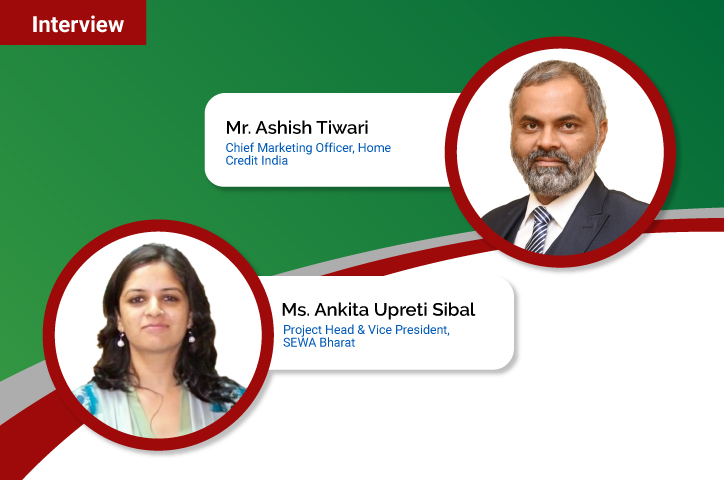
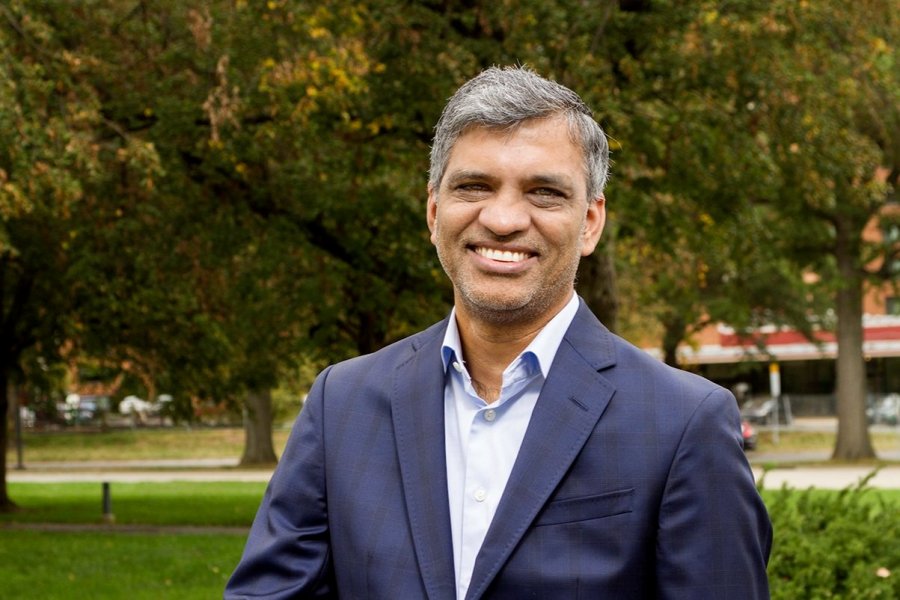
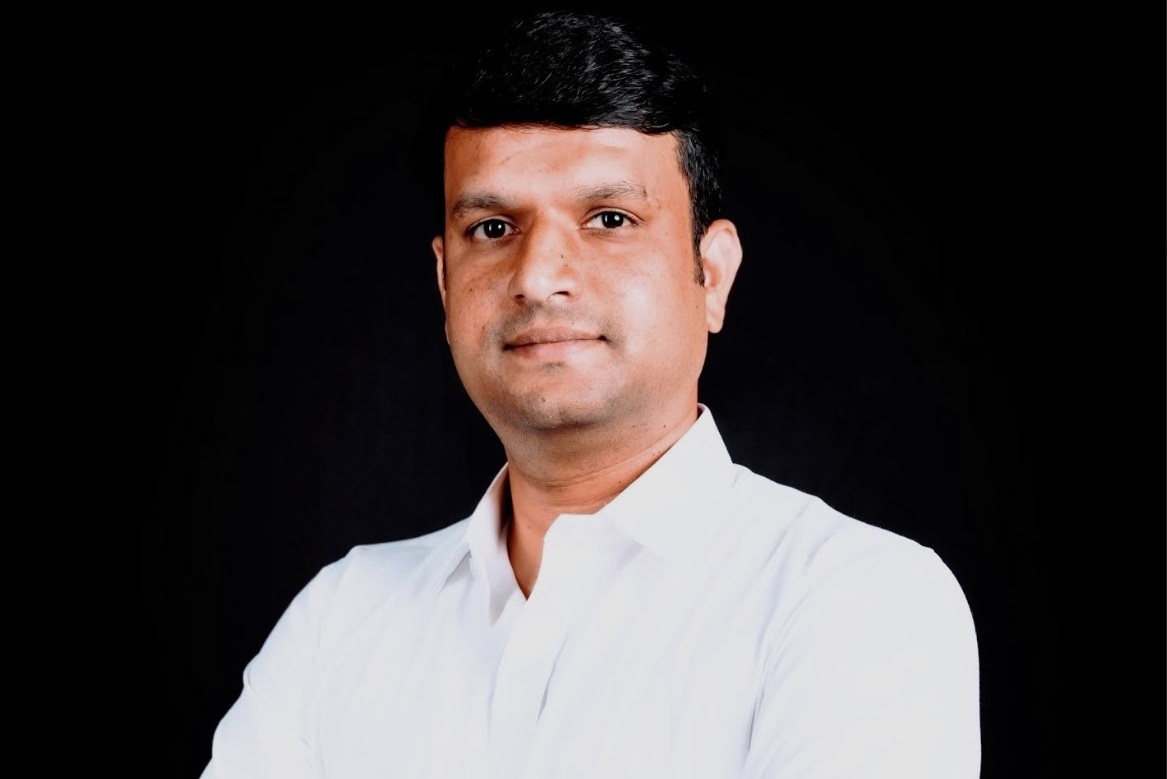

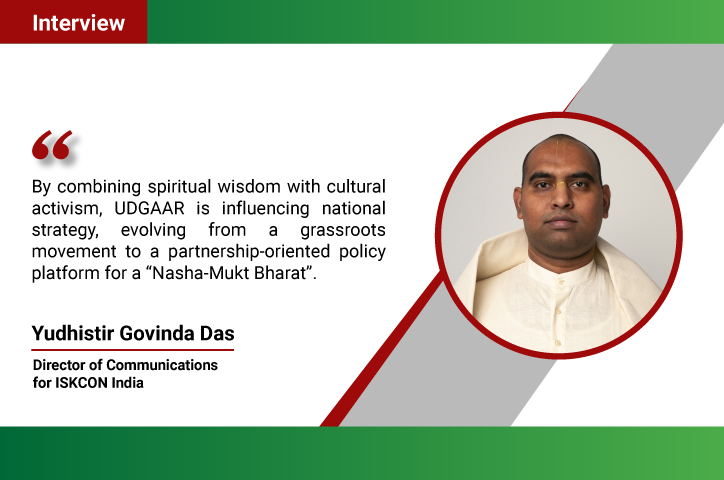

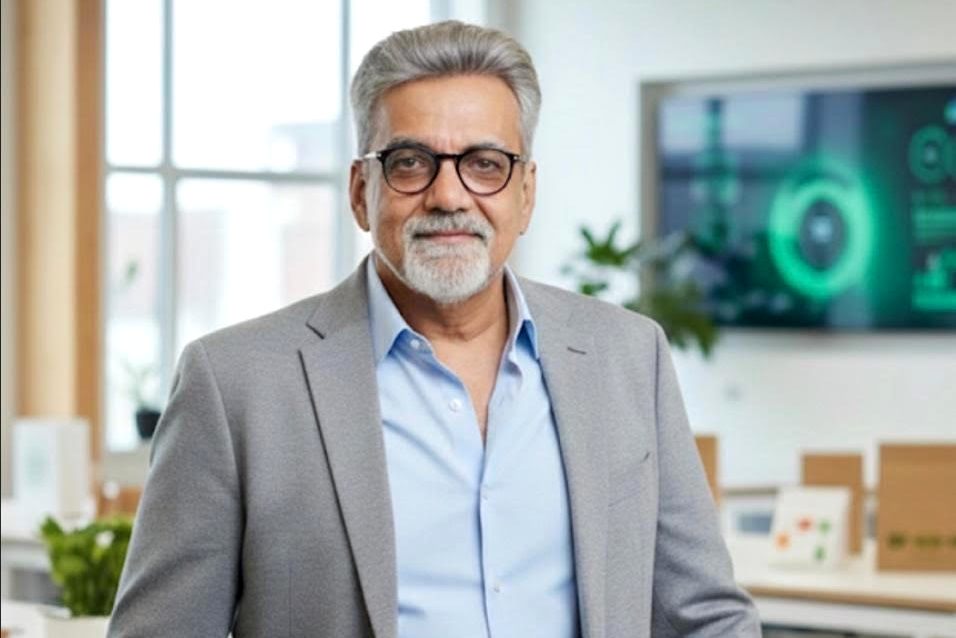


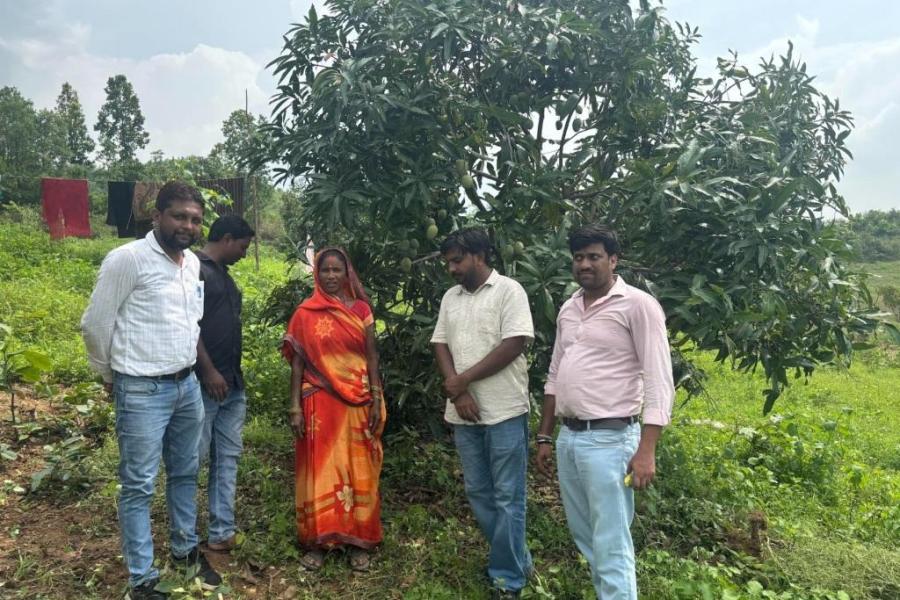

.jpg)




